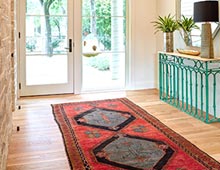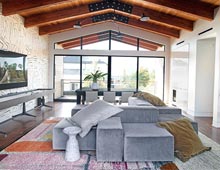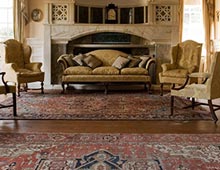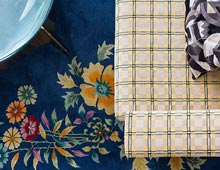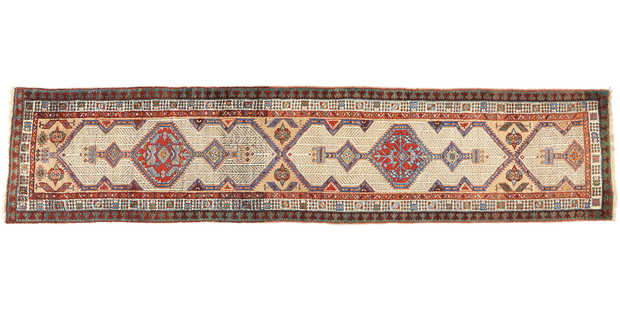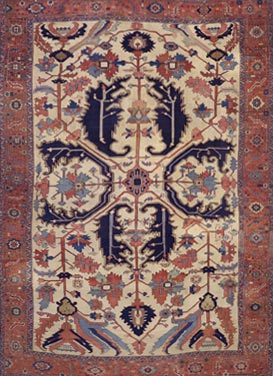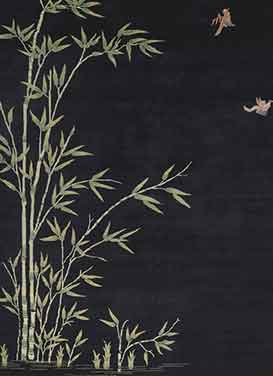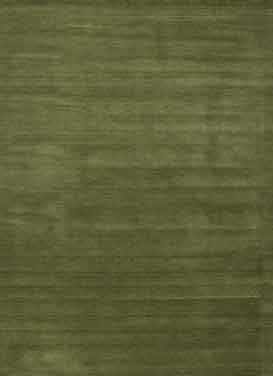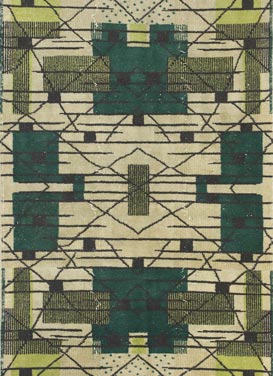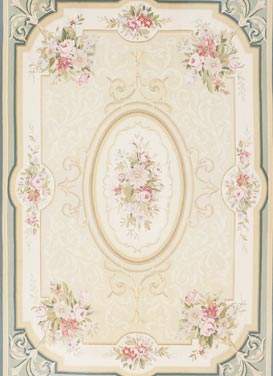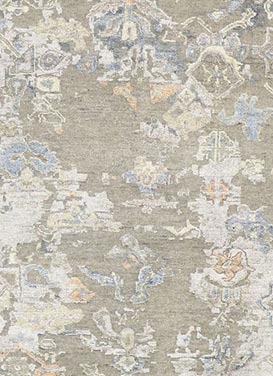- Inquiry
Description
78980 Antique Persian Malayer Rug Runner, 03'02 x 13'07.
This stunning hand-knotted wool antique Persian Malayer rug runner offers a captivating blend of artistry, history, and cultural symbolism. Woven in the early 20th century, this Persian carpet runner exemplifies the unique craftsmanship of the Malayer region, where weavers took inspiration from local flora, fauna, and architectural motifs. The runner’s elongated form, perfect for hallways or narrow spaces, allows the intricate geometric medallion designs to stretch gracefully along its length, each segment telling a story of tradition and artistic heritage.
At the heart of the design are large, serrated medallions filled with geometric chevron shapes, floral elements and angular vine motifs, floating on an abrashed neutral beige field. These medallions are often seen as symbolic of spiritual protection and reflect the balance between nature and structure that is commonly celebrated in Persian weavings. The use of vibrant reds, blues, and earthy browns adds warmth and depth to the composition, creating a striking contrast with the softer field tones.
The borders of the rug are equally mesmerizing, framed with an ornamental pattern that features stylized blossoms and geometric shapes. This border is flanked by an inner meander guard border and an outer trefoil guard border. These details highlight the rug’s connection to the themes of renewal and protection, common in Persian rug designs.
This Malayer runner, with its combination of rich cultural symbolism, earthy hues, and dynamic patterns, is not merely a decorative piece but a timeless work of art. It holds within its fibers the legacy of a century-old tradition, bringing both elegance and history into any space it inhabits. Whether displayed in a modern or traditional interior, this antique runner promises to be an enduring statement of Persian craftsmanship.
- Abrash.
- Hand knotted wool.
- Made in Iran.
- Measures: 03'02 x 13'07.
- Pile Height: 0.26 of an inch.
- Date: 1920's. Early 20th Century.

